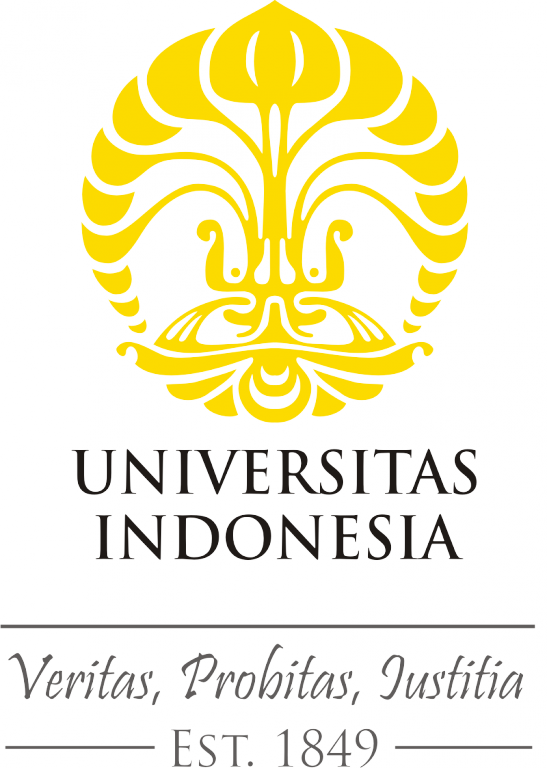
Universitas Indonesia


| Call Number | SEM-217 |
| Collection Type | Indeks Artikel prosiding/Sem |
| Title | Turkish Internet (TR-NET): Policies for Organizational Framework and Funding |
| Author | Attila Özgit; Kürş at Çağ ı ltay; Erdal Taner; |
| Publisher | INET'95 Annual Meeting of the Internet Society Vol. 2 |
| Subject | |
| Location |
| Nomor Panggil | ID Koleksi | Status |
|---|---|---|
| SEM-217 | TERSEDIA |
This paper describes recent networking activities in Turkey, along with some common problems of organization and funding that most of the developing countries are facing today. We believe that some of our experiences could be instructive for similar cases in other countries. Wide Area Networks in Turkey were first organized in 1986. First international network connection was made to EARN through a 9600 bps leased line to France. Turkey's Internet connection was established in April 1993 by a 64 Kbps leased Since then. line to NSFnet (Washington. USA). activities of TR-NET project group in the last couple of years have placed Turkey to the list of fastest growing IP domains. Turkey's international traffic through NSFnet has increased by more than four-fold within last 18 months. As TR-NET has become wide-spread with a tremendous rate of growth among various sectors (academic, government, private sector, etc.) in 1993 and 1994, a severe necessity of governmental support and constitutional framework is being observed. Having anticipated the need for central planning and implementation, the TR-NET executive committee has submitted a proposal to the government for becoming an official coordination point for establishing and diffusing computer networking infrastructure in the country. This new organization is about to be established and will be known as 'National Computer Networks Center (NCNC). The NCNC will have the responsibility of laying down strategic plans and controlling the implementation for developing the computer networking infrastructure. national Since currently available funds of TR-NET are not sufficient to constitute a national backbone and to enhance the international connection, TR-NET administration is currently looking for some funding models 10 overcome these problems. Some alternative models for funding have been investigated and are still being evaluated. One basic model approach is the privatization of access services through multiple service-providers. In this approach, the backbone will still be operated by the TR-NET organization, while user access to Internet will be provided by private service providing organizations (SPOs). In this model of organization, the country-wide backbone and international connections will be funded from two different sources: (i) funds allocated by the government, and (ii) the service charges that would be collected from service providing organizations (SPOs). It is also anticipated that some other variations of the above model could be constructed. In this paper, a hybrid model of funding and organization is discussed.